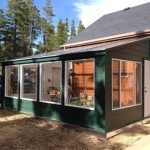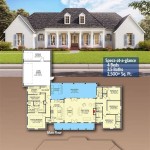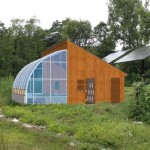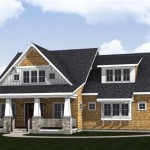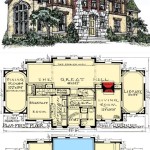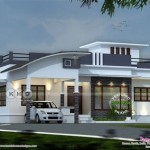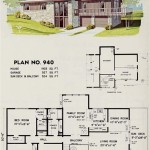Closed Floor Plan Homes: Essential Aspects
Closed floor plan homes, characterized by separate rooms enclosed by walls, offer a distinct living experience. Understanding the key aspects of closed floor plan homes can help you make an informed decision on whether it aligns with your lifestyle preferences and space requirements.
Advantages of Closed Floor Plan Homes
Privacy and Quiet: Closed floor plans provide ample privacy as rooms are separated by walls, minimizing noise and visual distractions from other areas of the home. This can be particularly beneficial for families with different schedules or those who value quiet and seclusion.
Formal and Traditional Style: Closed floor plans often embody a formal and traditional aesthetic, with designated spaces for different activities such as dining, living, and sleeping. This can create a sense of order and structure, appealing to those who appreciate classic and timeless design.
Energy Efficiency: In colder climates, closed floor plans can enhance energy efficiency by limiting heat loss through exterior walls. The separation of rooms allows for targeted heating and cooling, reducing the strain on HVAC systems.
Disadvantages of Closed Floor Plan Homes
Limited Natural Light: Closed floor plans can sometimes restrict the flow of natural light into certain areas, especially if there are fewer windows in non-exterior rooms. This may require the use of artificial lighting more often.
Crowded Feeling: Despite offering privacy, closed floor plans can feel crowded or confining for some, especially if the rooms are relatively small or lack sufficient ventilation. A lack of open spaces can also limit movement and interaction.
Limited Flexibility: Closed floor plans are less flexible than open floor plans when it comes to reconfiguring spaces. Making changes to room layouts or expanding into adjacent areas may require significant structural alterations.
Key Considerations for Closed Floor Plan Homes
Room Size and Layout: Carefully consider the size and layout of rooms to ensure they are spacious enough for your needs and provide a comfortable living environment. Adequate natural light is also crucial.
Storage and Organization: Closed floor plans typically have separate storage spaces, such as closets and pantries. Plan your storage solutions effectively to avoid clutter and maintain a sense of order.
Personal Style and Preferences: Ultimately, the decision between a closed or open floor plan depends on your individual style and preferences. Consider factors such as your lifestyle, family dynamics, and aesthetic preferences to determine if a closed floor plan meets your needs.
Conclusion
Closed floor plan homes offer distinct advantages such as privacy, formal style, and energy efficiency. However, they also come with potential drawbacks like limited natural light, a crowded feeling, and reduced flexibility. By carefully considering the essential aspects of closed floor plan homes, you can make an informed choice that aligns with your lifestyle and space requirements.

Traditional Homes With Closed Floor Plans Blog Eplans Com

Traditional Homes With Closed Floor Plans Blog Eplans Com

Traditional Homes With Closed Floor Plans Blog Eplans Com

Traditional Homes With Closed Floor Plans Blog Eplans Com

Traditional Homes With Closed Floor Plans Blog Eplans Com

Traditional Homes With Closed Floor Plans Blog Eplans Com

European Style House Plan 4 Beds 3 Baths 2785 Sq Ft 429 6 New Plans Floor

Open Vs Closed Floor Plans Missouri Home Farm Land Realty Llc

Traditional Homes With Closed Floor Plans Blog Eplans Com

Common Floor Plan Concepts For A New Home

